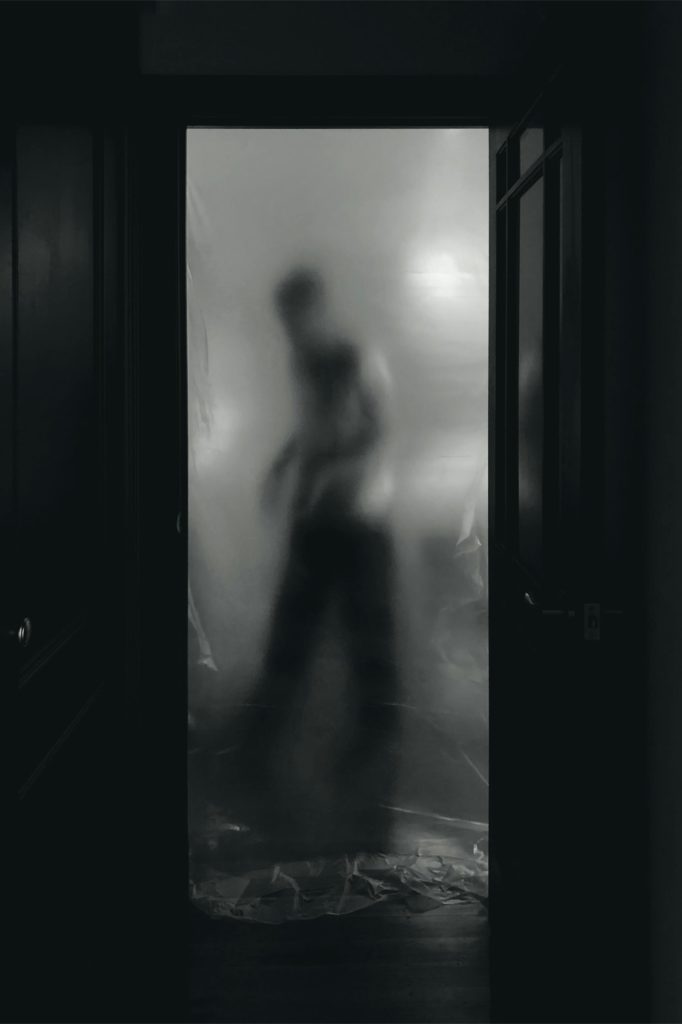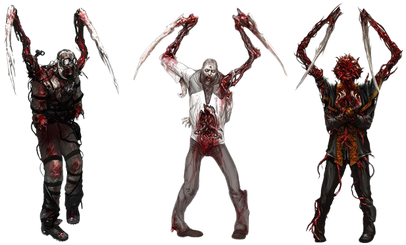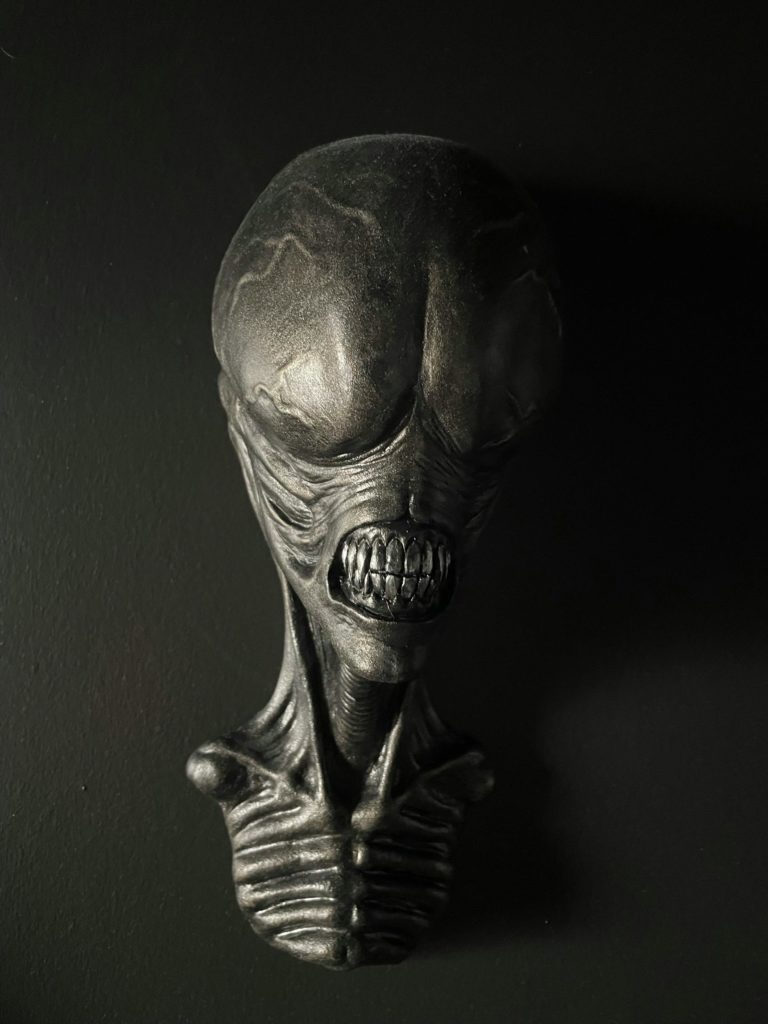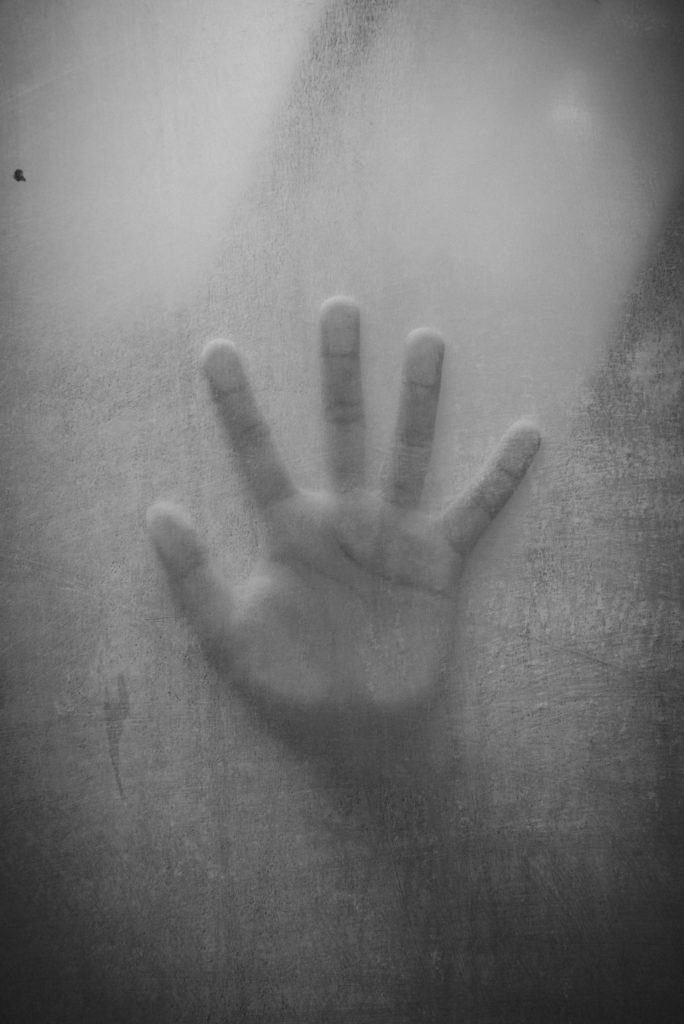You have never seen something truly alien

Horror games, more than any other genre, restrict information from the player. They’ll leave you contemplating which abandoned hospital room has a healing kit, how close the monster stalking you has gotten, and what the motivations of your shady quest-giver are. Horror games can build tension by omitting key details and context. This omittance will become important to remember in a moment.
A part of horror that has always fascinated me is the representation of the alien. The otherworldly biology of Dead Space’s necromorphs, the prophetic insight of Bloodborne’s Great Ones, and the genocidal motivations driving Fallout’s final boss, the mass of mutant flesh known as ‘The Master’.
But these popular examples of alien entities aren’t actually very alien at all.
Warping what we know
Most aliens of science fiction are easily traced back to some manipulation or exaggerations of humanity we all understand. Extra limbs, missing mouths, elongated eyes, facial folds. Distortions of the human body that evolution has taught us to readily recognize and scrutinize for differences. Warping what we know, not introducing the new.

Most of the aliens species of Star Trek, be they Vulcan, Romulan, or Klingon, go even less far to instill a sense of otherworldliness, with few physical features to distinguish them between each other. And this makes complete sense- differences between species are emphasized in their cultures and morals, not in their appearance. And though the show claims to ‘boldly go where no man has gone before’, what is found among the stars are reminiscent of very human struggles.

A unique representation of the alien rarely represented is via ‘mirroring’ of humans- where either the alien entity represents itself in-kind to humans in order to either be understood, or to better understand. Take the familiar dream-like sequence at the end of Contact and the psychedelic mind-fuckery in the lighthouse of Annihilation.
Is there such a thing as truly alien?
But what if you don’t want familiar aliens? You want the truly cosmic- something never before seen, foreign to the limits of evolution on Earth. To this, I’ll suggest what I believe to be the ONLY way to depict this type of alien- the unknowable.
Omittance.
These entities should be treated like dark matter, only given shape by the things and circumstances surrounding them. We’ll see the way the bushes flatten as it moves past, feel sensations at the very edge of sensory limits, and see the face of the scientist who went mad after briefly beholding the thing. We will never be allowed complete understanding.
If this style of horror sounds at all familiar, you’ve probably encountered the influence of H.P. Lovecraft. And you might even be familiar enough with their works to know that direct adaptations of Lovecraft’s works into games have been largely unsuccessful (with a few notable exceptions).
The Paradox of Lovecraftian enemies in games
Downsides to putting Lovecraftian antagonists in a video game:
- The very idea of entities being antagonistic may be a bit of a misnomer.
- Giving form to the formless will inevitably invite comparisons to recognizable biology.
- Experiencing a lose of sanity as a mechanic is often boiled down to essentially another HP bar.

AND- The most important reason- being able to relate to the thing is what makes it scary!
Recognizing the person underneath the monster, the dread of knowing exactly what’s going to happen when all the food’s run out, etc. The more you can relate, the more deeply fear can resonate.
You have never seen something truly alien- and that’s kind of the whole point. The fact that games rarely stray into trying to accurately depict Lovecraft’s work in games and movies isn’t an oversight- it’s smart. Players can’t play unless the characters and obstacles they interact with are grounded and consequences are tangible.
Leave the alien to Lovecraft, and embrace making monsters you can relate to.
